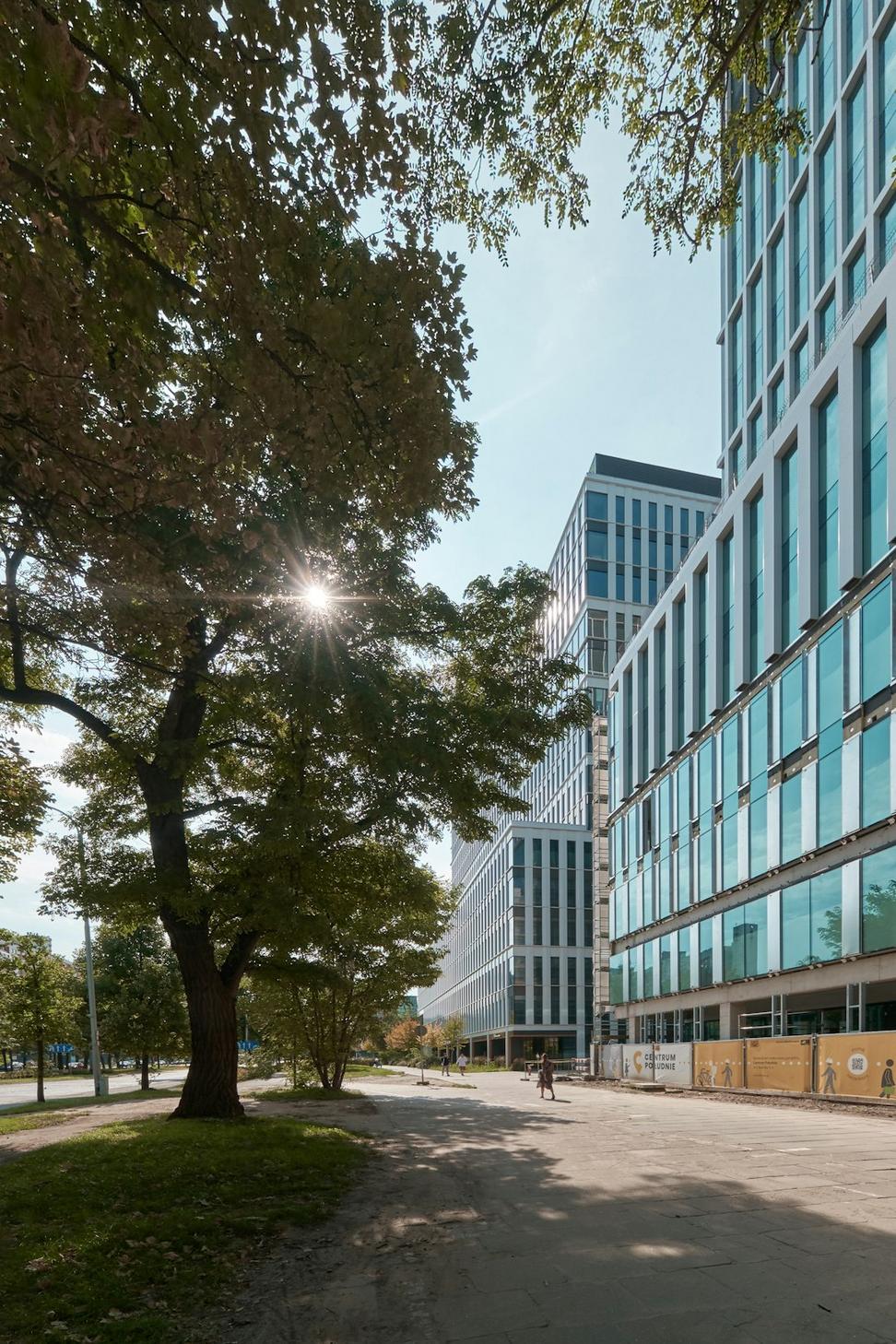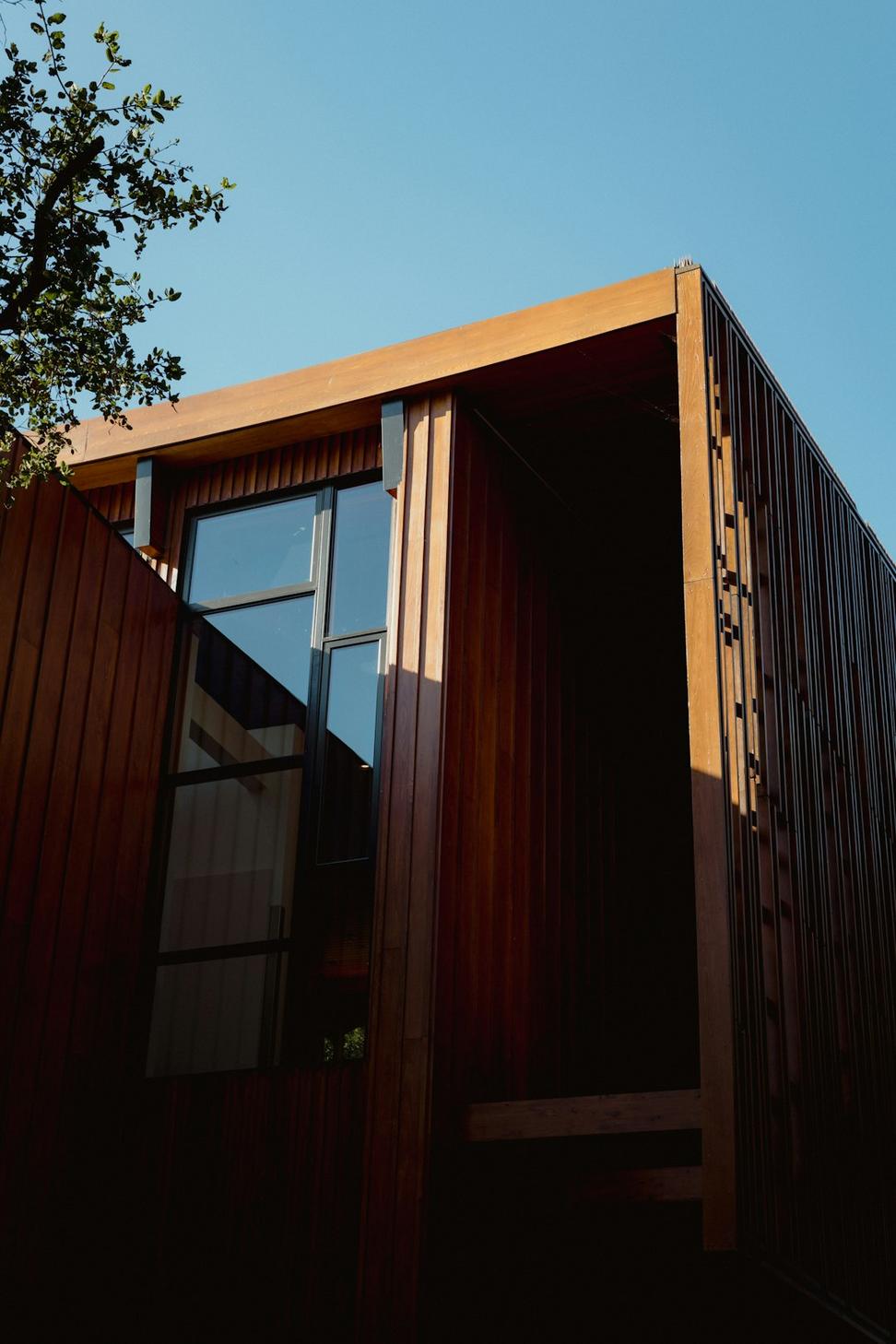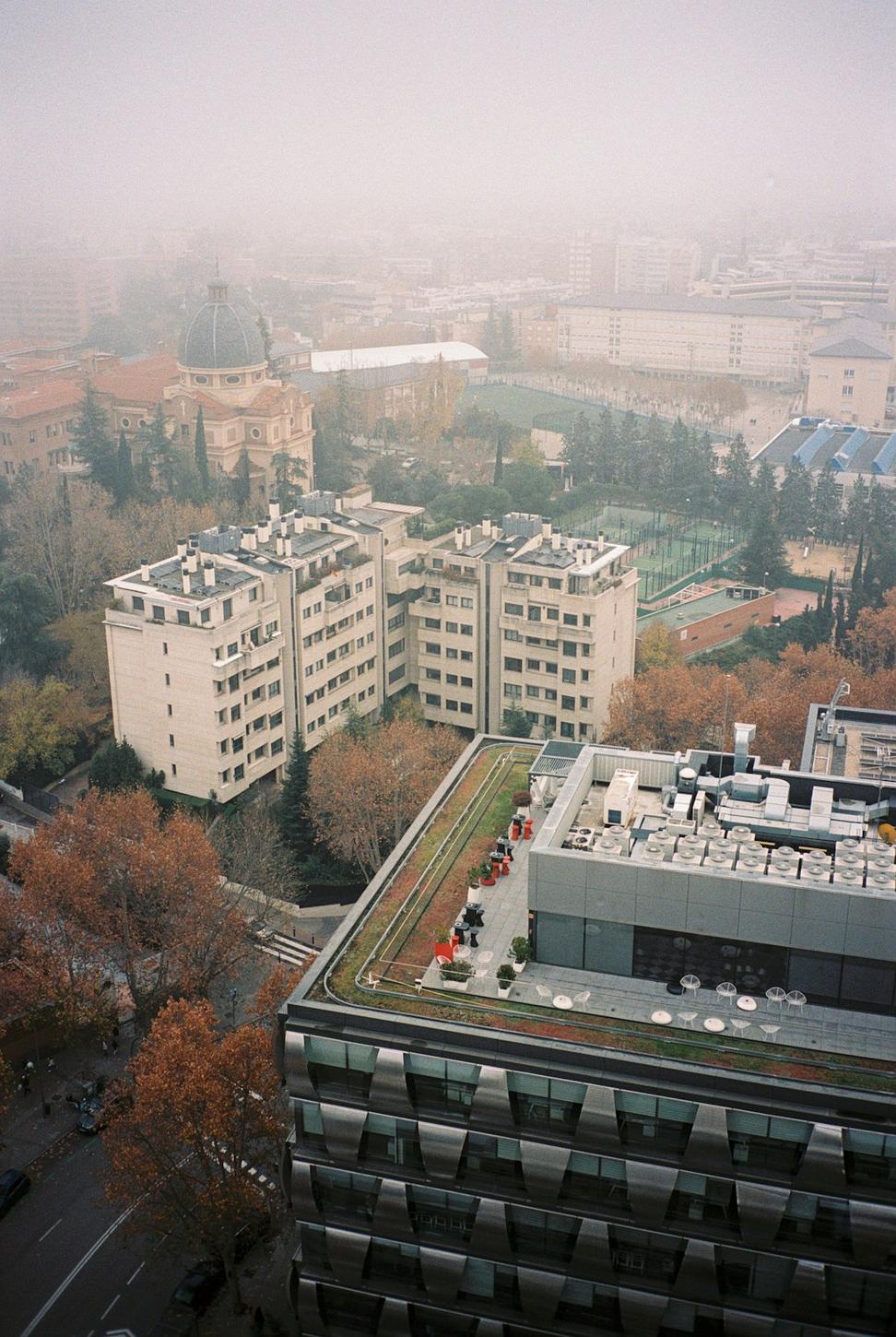
Building Lighter on the Earth
We're not perfect, but we're trying really hard to make buildings that don't cost the planet
We've been doing this for years now, and honestly? The whole "green building" thing isn't just some marketing angle for us. Every project we take on, we're asking ourselves: how do we make this work without being jerks to the environment?
It's gotten to where we can't design a space without thinking about where the materials come from, how much energy it'll gobble up, and whether it'll still make sense in 50 years. Some clients get it right away, others need convincing - but that's part of the job.
Yeah, we've got the badges and certificates on the wall. But what matters is knowing how to use these frameworks to push projects further than "just meeting the requirements."
We've been LEED certified since 2018, and our team has shepherded 23 projects through Gold and Platinum certification. The process can be bureaucratic as hell, but it works.
This one's intense. Passive House standards are no joke - it's all about creating buildings that barely need heating or cooling. When we nail it, the energy savings are incredible.
Being part of the Canada Green Building Council keeps us plugged into what's happening across the country. Plus, the knowledge sharing with other firms? Invaluable.
This focuses on human health and wellness inside buildings. Because what's the point of saving energy if people feel miserable in the space?
Here's what our sustainable approach has actually accomplished over the past 5 years. Real data from real projects.
kWh Energy Saved Annually
Tonnes CO2 Avoided
Average Water Reduction
Construction Waste Diverted

There's no magic formula, but we've developed some principles that show up in pretty much everything we do. They're not revolutionary - just stuff that works when you're trying to be responsible.
We spend a lot of time just... observing. Where does the sun hit? How does wind move through the site? What's already there that we can work with instead of against? Sounds simple, but you'd be surprised how often this gets skipped.
We prefer materials that are what they are - locally sourced when possible, with transparent supply chains. If we're using concrete, let's at least make sure it's got recycled content. Wood? FSC certified or reclaimed. It adds complexity but that's our problem, not yours.
We're designing for decades, not trends. That means adaptable spaces, durable materials, and systems that can be upgraded without gutting the whole building. Your grandkids should still find it useful.

Solar panels are great, but they're not the whole story. We're looking at geothermal, heat recovery, smart building systems - whatever makes sense for the project. Sometimes low-tech solutions beat high-tech ones.
Rainwater harvesting, greywater systems, permeable surfaces - we're trying to treat water like the precious resource it is. Toronto's getting more intense storms, so managing water on-site isn't just eco-friendly, it's practical.
Fancy term for bringing nature into buildings. Green roofs, living walls, natural light, views to greenery - turns out people work better and feel better when they're not completely disconnected from the natural world. Who knew?
Let's address the elephant in the room - yes, sustainable design can cost more upfront. But here's what we've learned after doing this for years:
The premium isn't as bad as it used to be. We're talking maybe 3-8% on most projects now, not the 20%+ it was a decade ago. And that gap keeps shrinking as materials become more mainstream.
Operating costs? Way lower. We've got buildings that cost 40-60% less to heat and cool. Over a 20-year period, you're usually coming out ahead financially - never mind the environmental side.
Plus, there are rebates, incentives, and grants that can offset some of the initial investment. We help clients navigate that stuff because, frankly, it's complicated and we've done it enough times to know the shortcuts.
Bottom line: sustainable design is an investment, not just an expense. And if you're planning to own the building long-term, it's usually a smart one.
Sustainability isn't static. Here's what's got our attention these days:
We're tracking the carbon footprint of materials themselves, not just operational energy. It's a bigger deal than most people realize.
Designing for disassembly so materials can be reused later. It's harder than it sounds but we're getting there.
Designing for the climate we're going to have, not the one we've had. More heat waves, bigger storms - buildings need to handle it.
Creating habitats within and around buildings. Urban ecology isn't just a nice-to-have anymore.
Let's talk about what sustainable design could look like for your project. We'll be straight with you about what's possible, what's practical, and what's worth the investment.
Start the Conversation